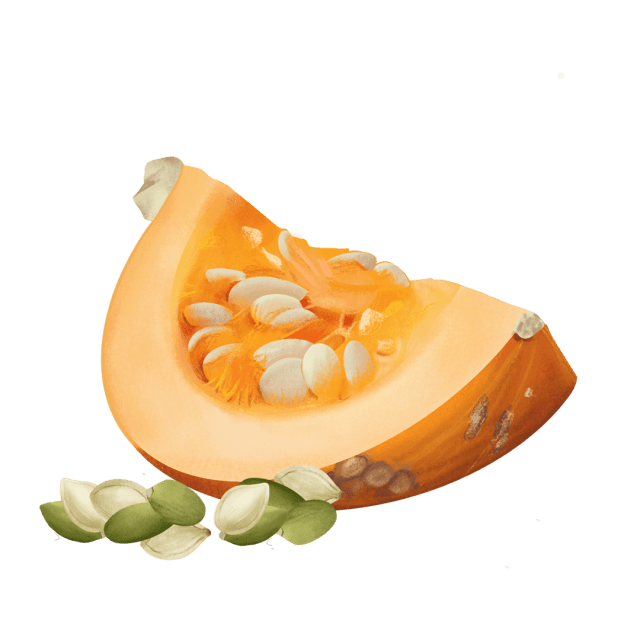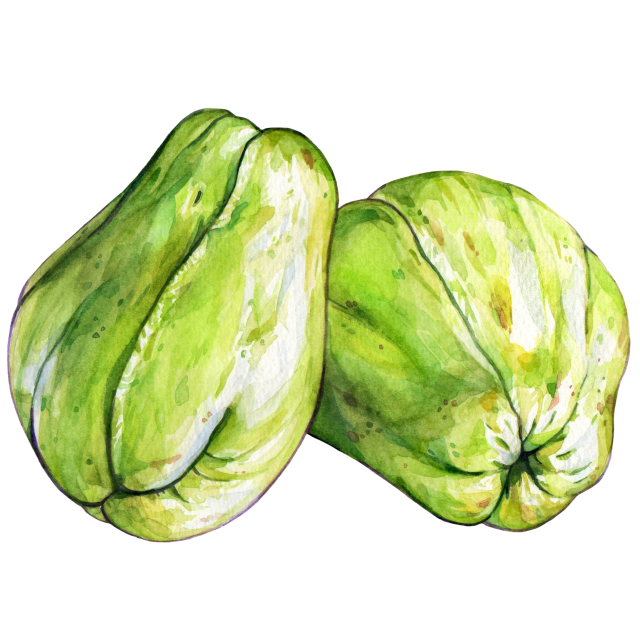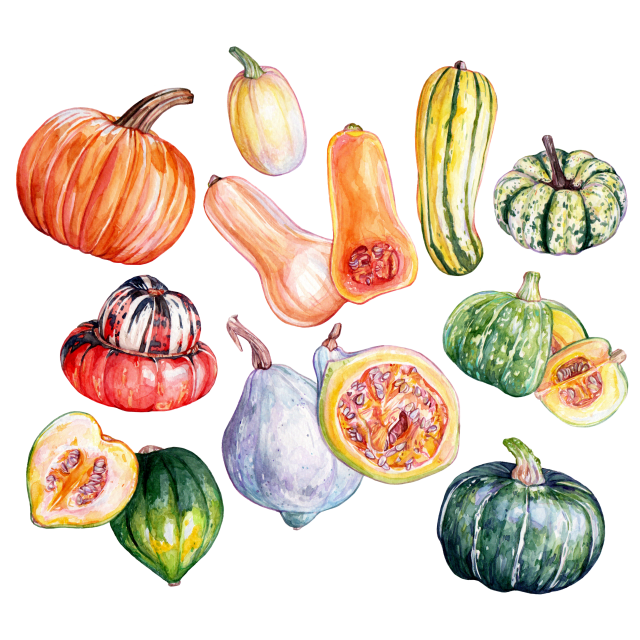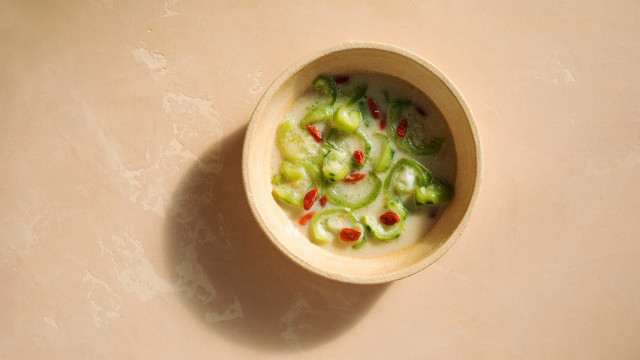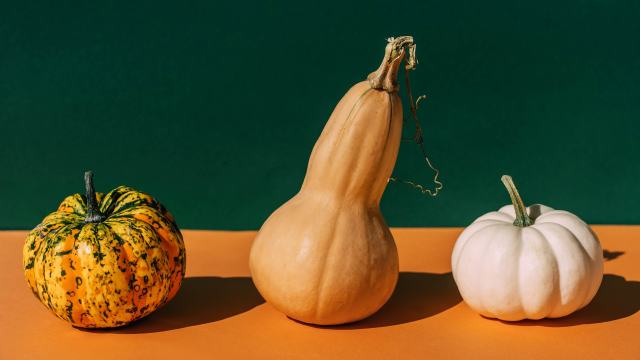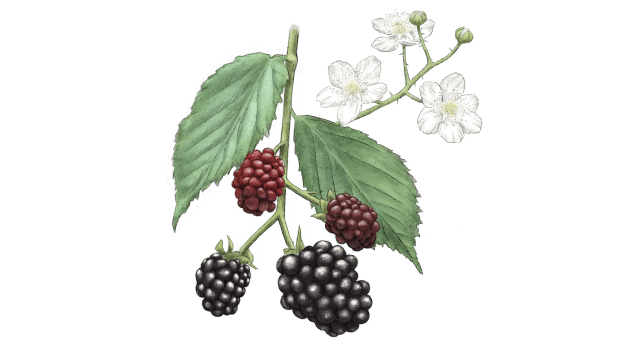Butternut Squash
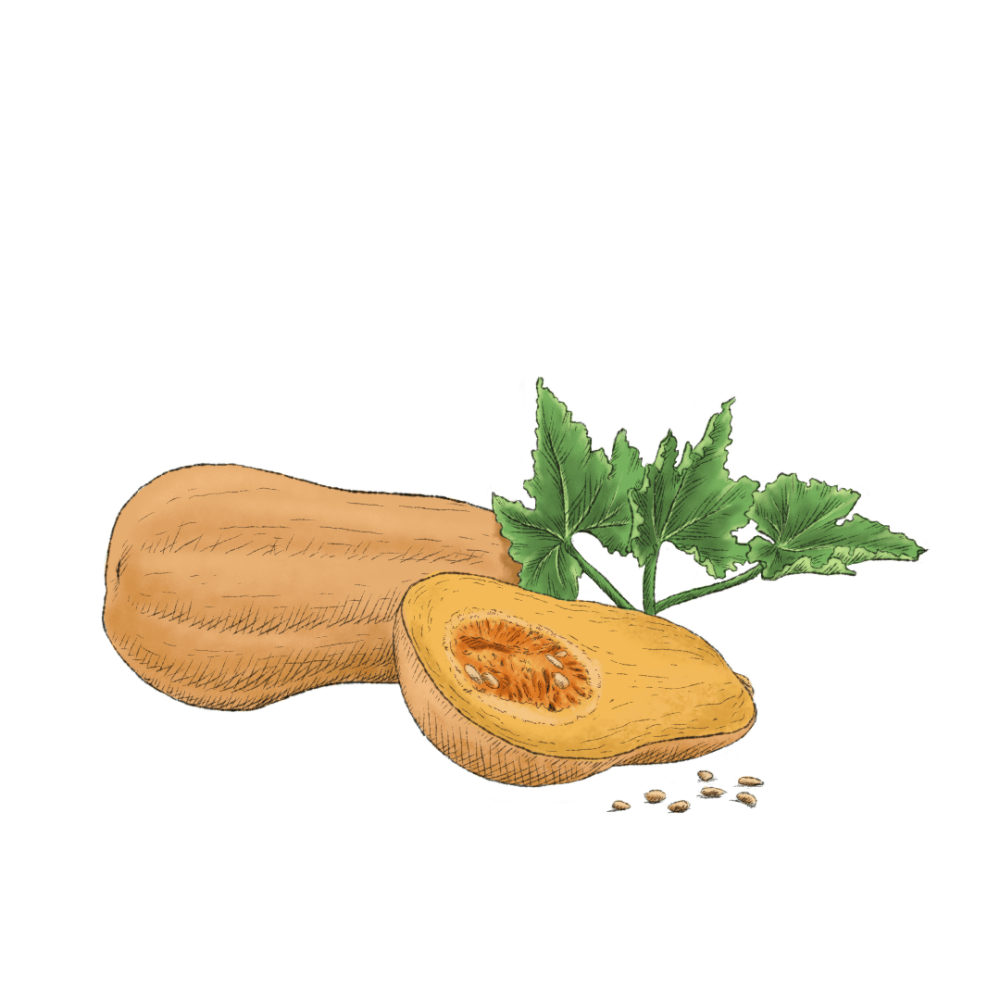
Ingredient: Butternut squash
Latin name: Cucurbita moschata
Other names: butternut pumpkin, gramma
Uses: vegetable
What is butternut squash?
Butternut squash is a type of winter squash, with a long, fleshy “neck” and round base, like an elongated pear. They have tough peach-tan skin and bright yellow-orange flesh that becomes darker as the squash ripens. Like its cousins the pumpkin and cucumber, butternut squash is in the Cucurbitaceae family and is botanically a berry.
Why is butternut squash healthy?
Butternut squash is a nutrient-packed vegetable, full of antioxidants, fiber, vitamin C, magnesium, and potassium. Thanks to their high level of carotenoids (which give the squash its orange flesh), they’re a great source of vitamin A; a one-cup serving of butternut squash contains more than 100% of your recommended daily allowance.
Vitamin A is essential for eye health, bone health, and immune function. The carotenoids and potassium in butternut squash also help lower blood pressure and reduce inflammation to protect heart health. Butternut squash’s high amounts of both soluble and insoluble fiber help balance blood sugars and may aid in weight loss.
What does butternut squash taste like?
Butternut squash tastes like a pumpkin: earthy-sweet with a slightly vegetal nuttiness. Roasting the squash brings out its sweetness and imparts a creamy, lightly fibrous texture. The rind is too tough to eat and should be either peeled off before cooking or the flesh can be scooped out of the rind after roasting.
How do I use butternut squash?
Once you’ve gutted the squash (scoop out the seeds and fleshy pulp), you have a few options. You can peel and cube it for roasting or simmering, or you can cut it in half lengthwise and roast it cut side down on an oiled roasting pan, then scoop the roasted flesh out for mashing or puréeing for soup or risotto.
What does butternut squash pair well with?
Try butternut squash in any recipe calling for pumpkin. Butternut squash loves warm spices (cinnamon, allspice, nutmeg, ginger) and curry spices, sage, and brown butter. It’s wonderful with pasta (especially stuffed in ravioli) and risotto.
Butternut squash is also really good with root vegetables like carrot, celery root, and sweet potato. It plays really well with dairy and creamy coconut milk — try it in a bisque or in spicy, peanutty west African stews and Thai red curries.
Where does butternut squash grow?
Like all squashes and pumpkins, butternut squash’s progenitors originated in Mesoamerica around 10,000 years ago and Indigenous people brought them all over North and South America. But butternut as a specific variety of squash was bred in the United States in the 1940s by crossing a gooseneck squash and a pumpkin. North America (Michigan, specifically) produces the majority of the global crop.
How to buy butternut squash:
Butternut squash has a long shelf life; look for whole squash that have no dents or cuts in the skin and store them in a cool place (the basement will do) for up to 6 months. If you buy it pre-cubed, make sure there aren’t any black spots and keep it in the fridge. Cooked butternut purée can be frozen for a few months without losing flavor.
Fun butternut squash fact:
Butternut squash typically run a couple pounds apiece, but the Guinness world record-holder (as of October 2022) weighed in at a whopping 104.5 pounds — still a wee thing when compared to the largest pumpkin, which weighed 2560 pounds. Pound for pound, the butternut has more calories, carbs, and more than twice the fiber of a pumpkin, but doesn’t make a very good jack-o-lantern.
